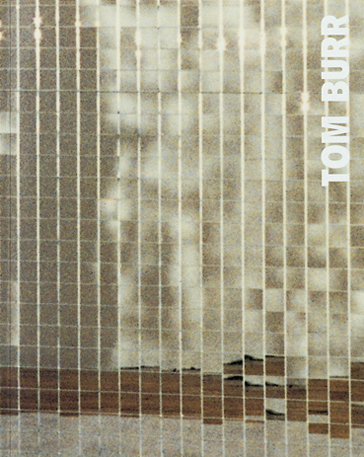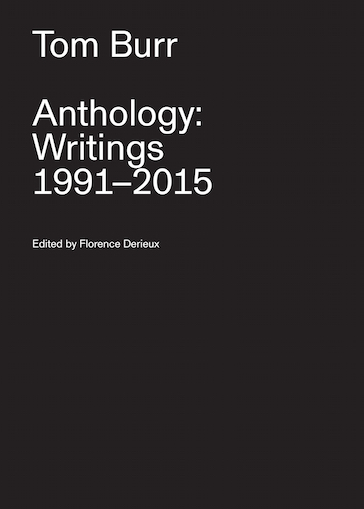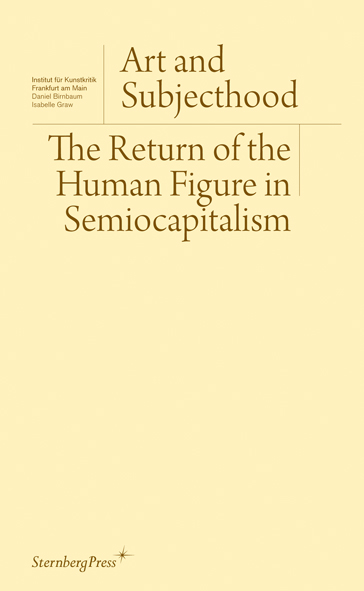Your cart is currently empty.
Cart

Low Slung
Edited by Tom Burr and Karola Grässlin, Kunstverein Braunschweig
Texts by Tom Burr, Carina Herring, Juliane Rebentisch
Video peepshows, porno theatres, garden pavilions—with subtle insight, Tom Burr (*1963) sheds light upon what is marginalized, or not immediately recognizable. His works, which make reference to Minimal art’s object sculptures, redefine them in current socio-economic “queer” aspects. By acting as an intermediary between formal stringency and socio-political content, Tom Burr’s works overcome Hal Foster’s criticism that Minimal art tended to “handle the viewer as historically innocent and sexually indifferent.” With comprehensive texts and illustrations, this book features an artist who belongs among those who have shaped a new form of institutionally critical art.
In her seminal text on “Tom Burr’s Minimalism,” author Juliane Rebentisch discusses how the artist “injects a new political and aesthetic engagement into certain works by Smith, Serra, Smithson, and Morris, by shifting their logic.” Detecting a melancholic aspect of Burr’s queer minimalist appropriations, she writes that “they connect in a peculiar way with what one might call the sepulchral quality which seems to predestine the anti-monumentalism of the minimalist aesthetic for the tasks of memorial art. At the same time the dialectic of mourning and desire, which can be released by the recollection of a largely destroyed sub-culture in Burr’s minimalist adaptations, is also, at least potentially, directed forward towards another future – a queer future. In so far as Burr’s works also function as allegorical gestures by means of which an image of the present crystallizes in images of the past, this opens the present up to the future.”
Softcover
€21.00

